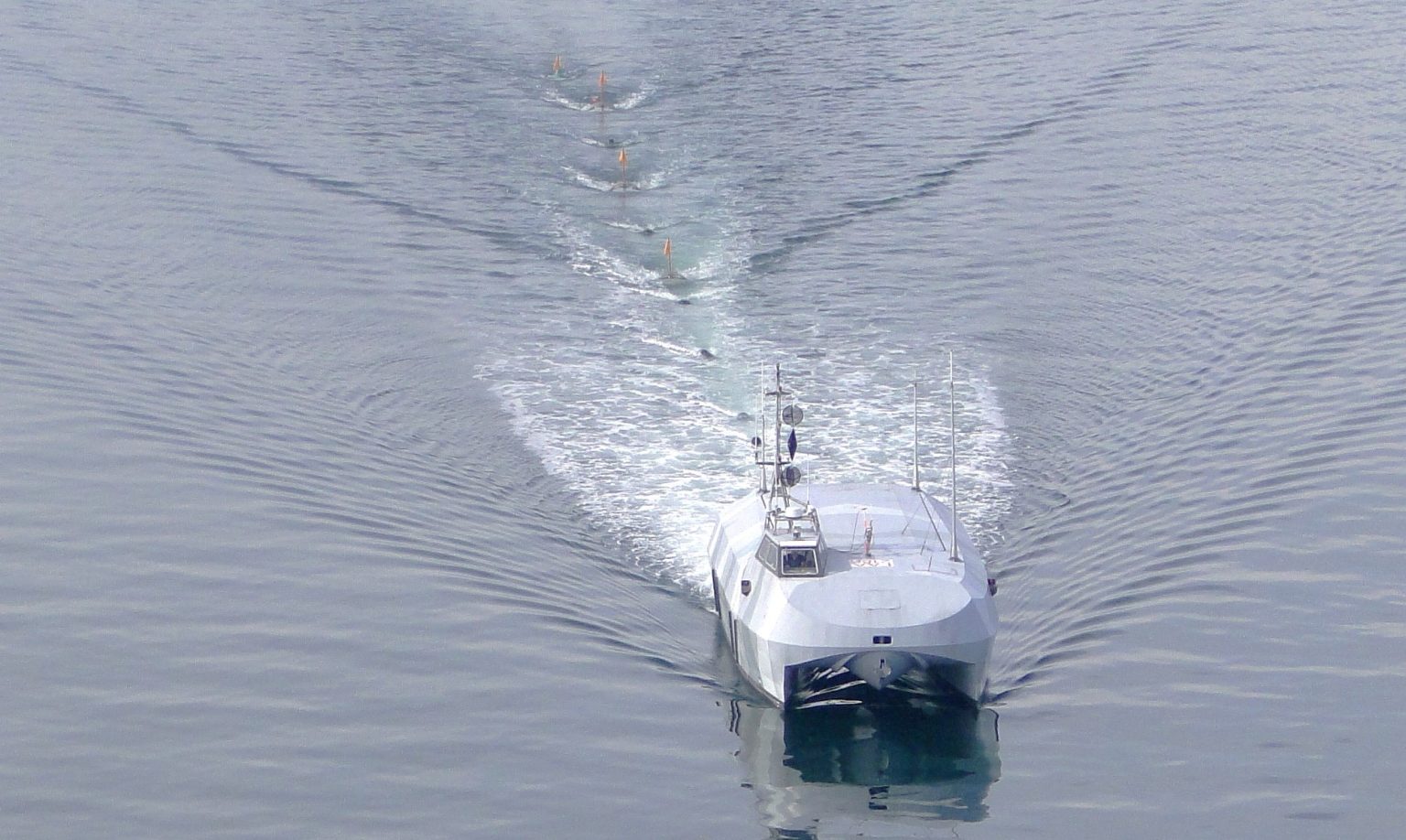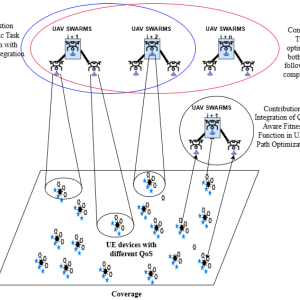Introduction to the Next-Generation Minesweeping Initiative
The European Defence Agency (EDA) has embarked on a transformative journey by launching a new phase of its Next-Generation Minesweeping Project. This ambitious project, aimed at revolutionizing maritime security, underscores the importance of safeguarding naval operations from the ever-evolving threat of naval mines. As adversaries develop more sophisticated underwater threats, the EDA’s initiative is a crucial step toward enhancing the safety and effectiveness of naval missions across Europe and beyond.

The Evolution of Minesweeping Technology
Naval mines have been a persistent threat since their inception, posing significant risks to military and commercial vessels alike. Traditional minesweeping techniques, while effective to a degree, have struggled to keep pace with the advancements in mine technology. Modern mines are designed to be more lethal, harder to detect, and capable of targeting a wider range of vessels. This necessitates a paradigm shift in minesweeping capabilities, which the EDA’s project aims to address comprehensively.
Key Objectives of the EDA’s Minesweeping Project
The EDA’s Next-Generation Minesweeping Project is underpinned by several key objectives designed to ensure the development of a robust, versatile, and future-proof minesweeping capability:
- Enhancing Detection and Neutralization: The project aims to develop advanced detection technologies that can accurately identify various types of naval mines, including those with sophisticated stealth features. Equally important is the development of efficient neutralization methods that can render these threats harmless without endangering human operators.
- Integrating Autonomous Systems: Autonomous systems, including unmanned underwater vehicles (UUVs) and unmanned surface vessels (USVs), are at the forefront of the project’s technological advancements. These systems offer significant advantages in terms of operational flexibility, risk reduction, and cost-effectiveness.
- Improving Interoperability: Given the collaborative nature of European defense operations, the project emphasizes the importance of interoperability. This includes ensuring that the new minesweeping systems can seamlessly integrate with existing naval platforms and operate in conjunction with allied forces’ equipment.
Technological Innovations Driving the Project
Advanced Sensor Systems
At the heart of the EDA’s minesweeping initiative are cutting-edge sensor technologies designed to enhance the detection and classification of naval mines. These include:
- Synthetic Aperture Sonar (SAS): SAS technology provides high-resolution imaging capabilities, enabling precise detection and identification of mines even in challenging underwater environments.
- Magnetic and Acoustic Sensors: These sensors are essential for detecting mines that may be buried under the seabed or concealed by marine vegetation. Their integration with SAS enhances the overall detection capabilities of the minesweeping systems.
Autonomous and Semi-Autonomous Platforms
The incorporation of autonomous systems is a cornerstone of the project’s strategy. Key developments in this area include:
- Unmanned Underwater Vehicles (UUVs): UUVs are capable of conducting extensive underwater surveys and mine detection operations without exposing human operators to danger. Their advanced navigation systems and AI-driven decision-making capabilities ensure precise and efficient minesweeping.
- Unmanned Surface Vessels (USVs): USVs complement UUVs by providing a platform for deploying and controlling underwater drones, as well as offering surface-level surveillance and detection capabilities.
The Role of Artificial Intelligence and Machine Learning
Artificial Intelligence (AI) and Machine Learning (ML) are integral to the success of the next-generation minesweeping project. These technologies enable the development of sophisticated algorithms for:
- Data Analysis and Pattern Recognition: AI-driven data analysis helps in identifying patterns and anomalies that may indicate the presence of naval mines. This significantly reduces the likelihood of false positives and enhances the accuracy of detection systems.
- Autonomous Decision-Making: ML algorithms empower autonomous systems to make real-time decisions during minesweeping operations. This includes navigating complex underwater terrains, avoiding obstacles, and selecting the most effective neutralization methods for detected mines.
Collaborative Efforts and International Partnerships
The EDA’s project is characterized by extensive collaboration and partnerships with various stakeholders, including:
- European Naval Forces: The involvement of multiple European navies ensures that the developed technologies meet the operational requirements of different nations and enhance collective maritime security.
- Defense Contractors and Research Institutions: Partnerships with leading defense contractors and academic institutions facilitate the integration of cutting-edge research and development into practical applications.
- International Alliances: Cooperation with non-European allies and organizations, such as NATO, ensures that the new minesweeping capabilities are compatible with broader international defense strategies.
Field Testing and Operational Validation
Before the deployment of any new minesweeping system, rigorous field testing and validation are imperative. The project includes comprehensive testing phases to ensure:
- Operational Effectiveness: The new systems must demonstrate their effectiveness in real-world scenarios, including different underwater environments and mine types.
- Safety and Reliability: Ensuring the safety of personnel and equipment is paramount. The systems must operate reliably under various conditions, including adverse weather and high-threat environments.
Future Prospects and Strategic Importance
The successful implementation of the Next-Generation Minesweeping Project will have far-reaching implications for maritime security. Key future prospects include:
- Enhanced Maritime Safety: By mitigating the threat of naval mines, the project will significantly enhance the safety of naval and commercial vessels, ensuring secure passage through strategic waterways.
- Strengthened Naval Capabilities: European naval forces will gain a substantial edge in their ability to conduct minesweeping operations, enhancing their overall operational capabilities and readiness.
- Technological Leadership: The development and deployment of advanced minesweeping technologies will position Europe as a leader in maritime defense innovation, fostering further advancements in related fields.
Conclusion
The EDA’s Next-Generation Minesweeping Project represents a pivotal advancement in maritime defense, addressing the critical need for modernized and efficient minesweeping capabilities. The project aims to enhance the detection, classification, and neutralization of naval mines by integrating advanced sensor systems, autonomous platforms, and AI-driven technologies. Collaborative efforts and rigorous testing ensure that the developed systems meet the highest operational effectiveness and safety standards. As the project progresses, it promises to significantly bolster maritime security, safeguard naval operations, and establish Europe as a leader in defense technology innovation.











